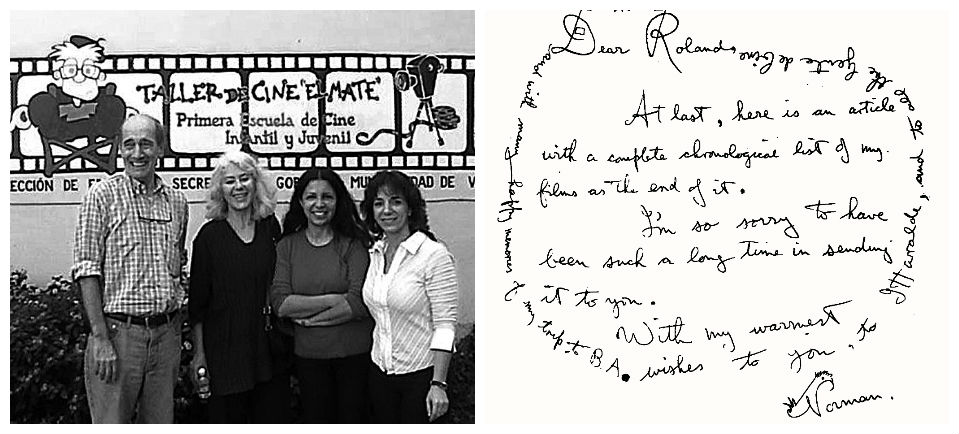
Canada: Cuadro a Caudro, the first Spanish-language book devoted entirely to NFB animation
Canada: Cuadro a Caudro, the first Spanish-language book devoted entirely to NFB animation
This is a guest post by Michelle van Beusekom, the Interim Director General of English-language production at the NFB, which releases approximately 45 works annually. Michelle is a firm believer in the role and possibilities of public media, and has worked at the CBC and the Women’s Television Network prior to joining the NFB.
Irene Blei, an Argentine animator, professor and educator, has just published the first Spanish language book entirely about NFB animation. Canadá cuadro a cuadro: animadores y animadoras del National Film Board is a series of profiles of different NFB animators from the early days of the film board to the present. The book is well poised to become part of curricula at film schools in Argentina and in other Spanish-speaking countries in Latin America.
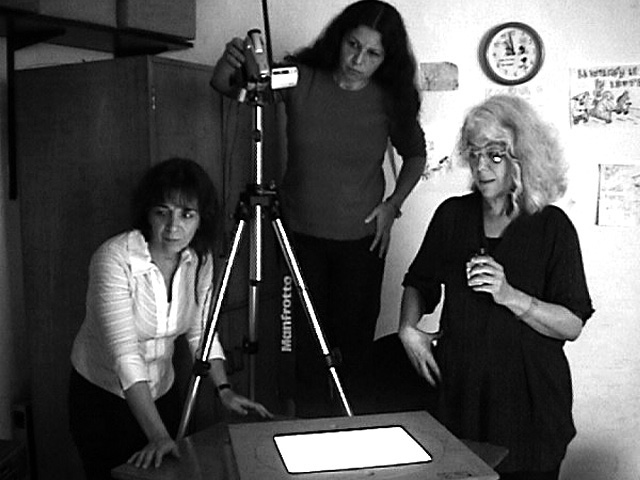
I’ve known for years that many Argentines have an uncanny knowledge of NFB history and NFB films. Upon meeting Irene during a recent trip to Buenos Aires, I learned why.
During Argentina’s dictatorship (1976–1983), the military government systematically dismantled university infrastructures, shutting down departments that were considered hostile to their interests. Approximately 10 000 citizens—some say more—were murdered or disappeared and many more were tortured and/or forced into exile. Many of these included university professors and students. In this climate, formal film education and independent film production ground to a halt. As the country started to rebuild in the early 1980s, the Canadian Embassy (together with the French Embassy and the Goethe Institute) became a crucial source of independent cinema for film lovers and budding filmmakers. At this time, there was no formal teaching of auteur animation.
The Canadian Embassy in Buenos Aires had an impressive collection of NFB films on 16mm which were lent out via Canadian cultural centres across the country for film screenings. A new generation of aspiring filmmakers discovered the craft and the creative possibilities of auteur animation by watching NFB animations and the dizzying variety of approaches and techniques they displayed—painting on film, painting on glass, animating sand and other objects, etc.
In 1991, the celebrated illustrators Carlos Loiseau and Maria Verónica Ramírez started producing the television program Caloi en su tinta—a weekly program showcasing auteur animation. In the early years, 90% or more of the program’s content consisted of NFB animation. The show was broadcast on Sunday evenings, it was a family viewing program, the Argentine equivalent of The Wonderful World of Disney—watched by generations of Argentinians young and old. It reached cult status amongst artists and filmmakers who would religiously tape episodes on VHS cassettes and trade copies with friends to share knowledge of different animation techniques. The program ran for over 20 years, and included films like Craig Welch’s award-winning short animation No Problem.
No Problem, Craig Welch, provided by the National Film Board of Canada
Starting with Norman McLaren (1954 and 1964), many NFB animators have visited Argentina, traveled to various parts of the country and given master classes. The list includes Grant Munro (1968), Pierre M. Trudeau (2001), Co Hoedeman (2002), Chris Hinton (2003), Caroline Leaf (2005) and Martine Chartrand (2013).
As a result of all of this, Argentine academics and filmmakers have a deep knowledge of NFB animation and a deep respect for its role as a public institution that has created a space for creative experimentation and the contributions this has made to the diversity of cinematic expression in Canada and internationally. They are acutely aware of the value of public institutions that create a space for non-commercial creative expression in a way that we in Canada sometimes are not. When I expressed amazement at the level of knowledge and admiration Argentines have for the NFB’s productions, Beatriz Ventura, cultural attaché at the Canadian Embassy told me, “it’s more than admiration, it’s affection, which is harder to earn.”
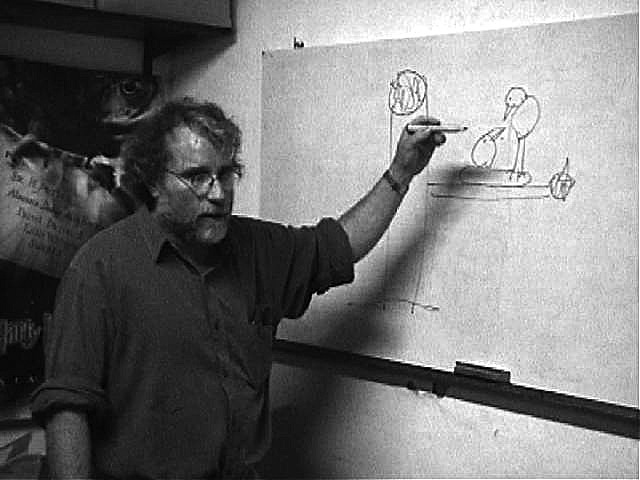
Today’s generation of film professors in Argentina are mostly in their 50s and many learned their craft, in part, by studying NFB films. NFB films are now part of the core curriculum, so their 20-year-old students also have an impressive awareness of and respect for NFB animation. The film school at the University of Buenos Aires recently celebrated their 25th anniversary and one of their activities was a McLaren-inspired painting-on-film workshop.
The work of Norman McLaren and other NFB animators has had and continues to have a profound impact on the cinematic imagination of Argentina. Much of this story is explained in Canada: Cuadro a Cuadro. You can find out more about the book and where to purchase it on this website (Spanish only): http://canadacuadroacuadro.blogspot.com.ar/
***
Header image: Left—Rodolfo Sáenz Valiente, Caroline Leaf, Lucia Cano, and Irene Blei in Argentina; Right—a hand-written note by Norman McLaren in which he refers to his “many happy memories of my trip to Buenos Aires.”


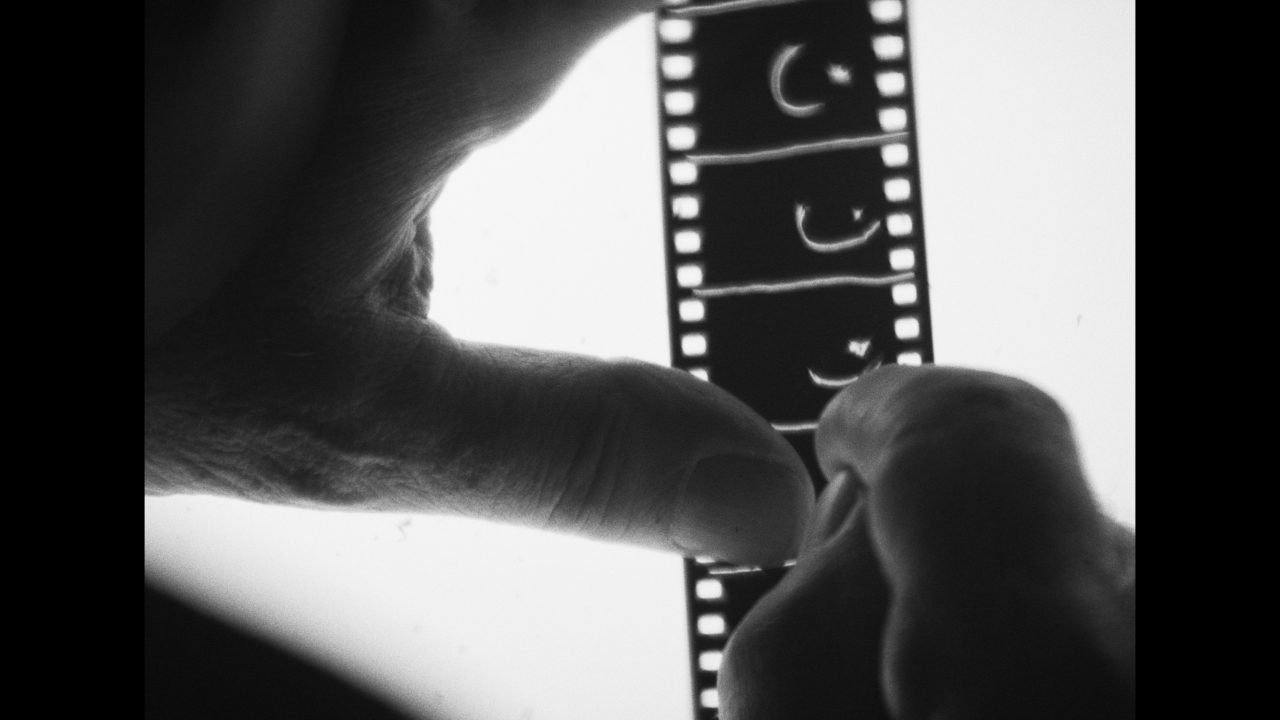
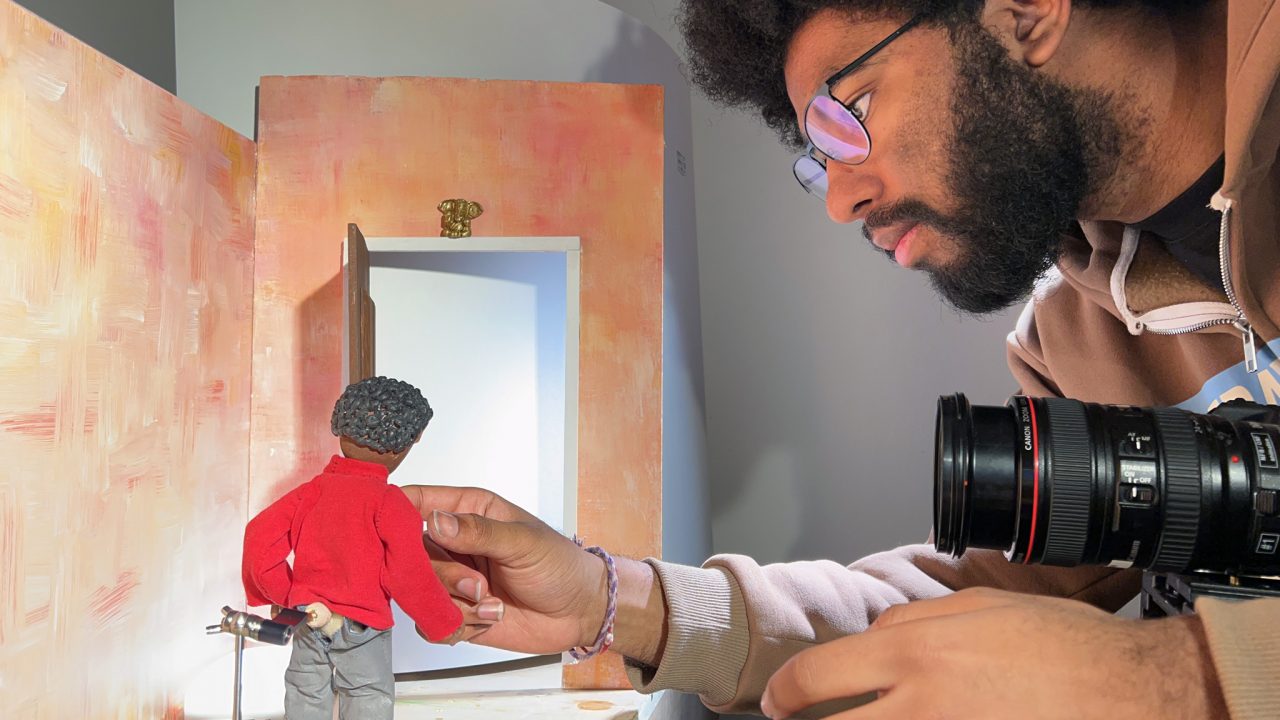
¿Será posible en un futuro cercano, incorporar subtítulos en español? espero que sí.
Gracias!!!
Gracias por su consulta. Ahora mismo, nuestras películas no están disponibles con subtítulos en español. Estamos trabajando para desarollar esta función y para añadir subtítulos en otros idiomas además del inglés y el francés. Le mantendremos informados cuando esta función se encuentre disponsible. Visite nuestro BLOG para actualizaciones.
Thanks for your inquiry. Right now, our films are not available with Spanish subtitles, but we’re working on adding subtitles in languages other than French and English soon. We’’ll keep you posted when this becomes available. Check for updates on the blog.
I liked (and understood) it because it hasn’t words . My language is the spanish (I am from Argentina)and I want to ask if it is not possible in the future, add subtitles. I like the page but I don’t understand all the contents.
Excuse my poor english and thank you very much!!!
SOL.
Gracias por su consulta. Ahora mismo, nuestras películas no están disponibles con subtítulos en español. Estamos trabajando para desarollar esta función y para añadir subtítulos en otros idiomas además del inglés y el francés. Le mantendremos informados cuando esta función se encuentre disponsible. Visite nuestro BLOG para actualizaciones.
Thanks for your inquiry. Right now, our films are not available with Spanish subtitles, but we’re working on adding subtitles in languages other than French and English soon. We’’ll keep you posted when this becomes available. Check for updates on the blog.
Excellent Book and excellent Post.
Tego szukałem:)
LA CONOCIA, PERO ES MUY LINDO VOLVER A VER ESAS MARAVILLAS ANIMADAS DEL NATIONALFILM BOARd, hace un tiempo estoy buscando ” la luz magica” , la tuve alguna vez y la perdi en algunos back up, me gustaria vvolver a verla!!!